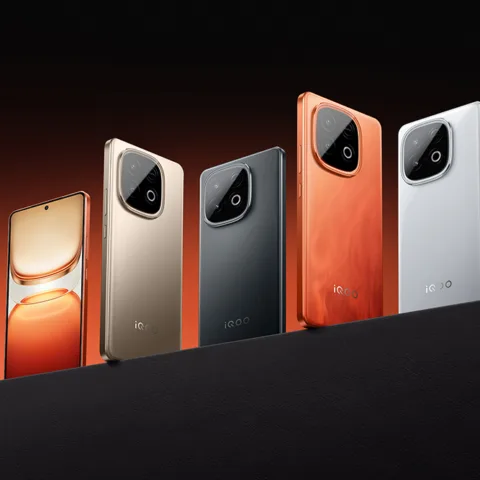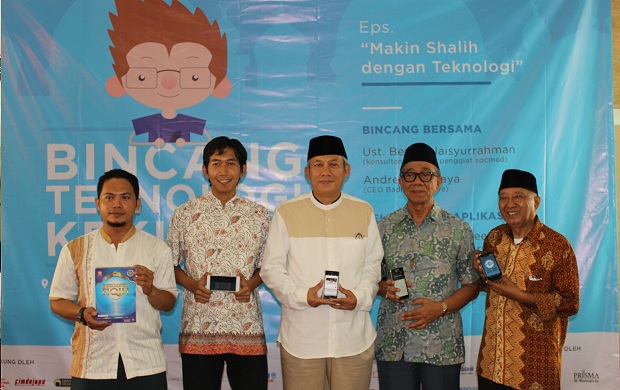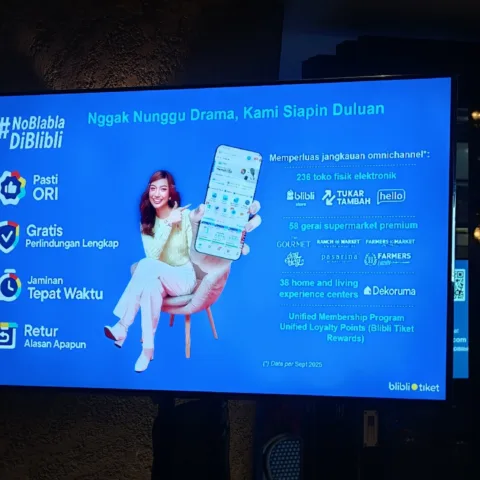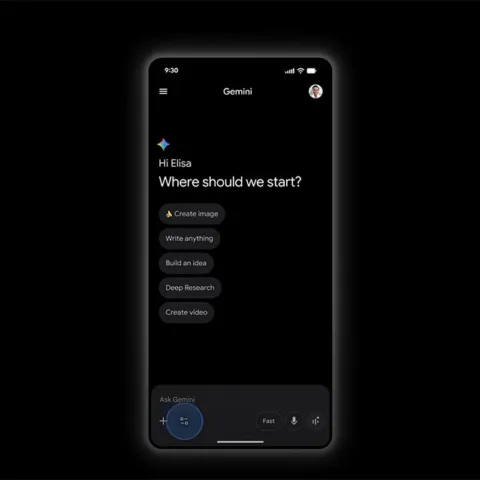A Singapore-based messaging app Pie recently received $1.2 million investment from several investors, led by GREE Ventures. It’s also one of Apple Watch launch partner, handpicked from very selective process. We spoke with Pie’s Co-Founder and CPO Pieter Walraven about their achievement and how Indonesian startups can learn about it.
Pie was founded in 2013 by Thijs Jacobs and Pieter Walraven. They said to be fed up with the poor state of enterprise software their workplaces forced them to use. We highlighted this conversation into five major points:
1. Find your niche market
While we think messaging apps have already very crowded, Pie is targeting segment that hasn’t had champion yet. It’s SMB space and they are very optimistic about it.
Pieter said, “We actually think the chat for work space is not crowded at all! It depends how you look at it: if you look at chat for work players targeting software engineering teams, yes, it’s crowded. If you look at any other vertical in the SMB space: hardly anyone there. Once we’ve demonstrated this unique insight and the massive opportunity to our investors they got really interested.”
Moreover he added, “Instead of targeting and designing for tech companies with the usual developer-focused bells and whistles, Pie’s focus on a more simple and friendly experience is ‘unintimidating’ even for the most technologically challenged. We believe the real blue ocean opportunity of enterprise messaging lies in a simple offering with the same broad appeal as popular consumer apps. Outside the software developer niche, most people still use WhatsApp for work.”
2. Follow the trend
The Software-as-a-Service (SaaS), Bring Your Own Device (BYOD), cloud, or any other techie jargon are a hype in many sectors and Pie tries to bring those technology to broaden SMB market, with more simple implementation. He said, “We’re building for the enterprise (B2C) as enterprise collaboration and productivity are the hottest spaces the be in at the moment. Pie is part of a new wave of companies that is re-inventing the way we have worked for over 50 years. A unique opportunity that you don’t see very often.”
“Besides mobile eating the world, there’s a bunch of fundamental shifts happening that Pie is part of: businesses moving to SaaS and the Cloud, bottom-up software adoption driven by the BYOD trend, messaging becoming the main way of communicating (mobile’s killer app!), and the consumerization of IT,” Pieter added.
3. Leverage your network
Not being in Silicon Valley is a disadvantage if you aim for global market, but you can always use your network to reach other markets, including your investor.
Pieter mentioned, “Although Pie is based in Singapore, as a result of our previous working experience me and my co-founder have a strong network in both Asia and the U.S. Our investors also help with this. For example Wavemaker has been quite helpful in getting us in touch with the rest of the DFJ Network in the U.S. As their portfolio company it was super valuable for us to be able to attend last years DFJ CEO Summit in the Valley.”
He said, “Our latest investor GREE Ventures has a strong network in Japan which helps us to grow and get more traction in that market.”
4. Understand your market
Pie consists of bunch of tech guys and we’re curious how they market the product. Pieter answered, “First of all it’s key to figure out who are your preferred users. Where is the market opportunity and is the market big enough to go after it. This is especially important for VC funded companies: the opportunity has to be big enough for them to put money in it.”
He then coined several questions that may arise at this stage, like “How crowded is this vertical, is there much competition?”, “Are people in the vertical I target looking for the product that I offer them, how easy is it to convince them to use my app?”, “Is there a clear need/problem in the vertical I’m in?”
“Part of our targeting and positioning strategy has come from introspection: what are our strength, where do we have a strong network, what verticals have we worked in as founders that gives us unique insights in how people work?”, he said.
5. Build great product
We asked about Pie’s experience in getting approved for building Apple Watch app. Pieter answered, “By far the most important part of establishing such a relationship is building a great product. Without this no door will open. With it the conversation is much easier. After having spent a lot of time polishing and optimizing your product, and making sure that you have users that love you, you can pro-actively reach out to partners such as Google or Apple.”
“Apple is a product-driven company and they are very opinionated when it comes to great apps that enhance the experience of their platform. It’s key to use this to your advantage, which means reaching out to them once you’re ready, as it offers strong distribution opportunities,” he concluded.














